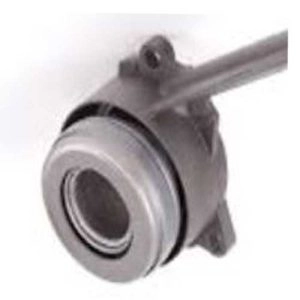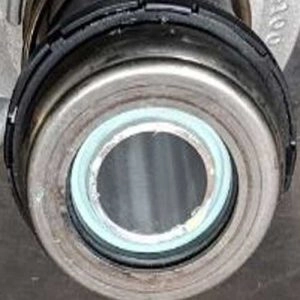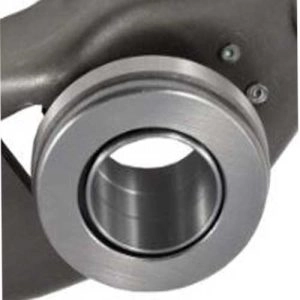Cars with manual transmissions (standard gear) have a clutch pedal along with a brake and accelerator pedal. The clutch pedal is a combination of a clutch plate, a flywheel, pressure plate, and clutch linings that connect it to the engine's wheels. The clutch linings are responsible for disconnecting the wheels from the engine during gear change.
It is worth mentioning that the number of cars that rely on standard transmissions is continually decreasing. They are now rare in some developed countries due to their age, and the implementation of better and more efficient mechanisms, such as automatic transmissions. The clutch disc is a vital component of a car with a standard transmission; it is relatively small in size, about the size of a donut, yet it has a significant effect on the car that cannot be easily disregarded.
In this article, we will discuss the clutch disc, its function, and how it works. We will highlight 5 signs indicating its damage, which require immediate attention and prompt resolution of the issue. Stay with us.
How does the clutch's charcoal work?

Before we begin explaining about clutch linings, it must be clarified that the clutch, also known as the gearbox or the coupling, are all different names used in the Arab countries for the same part of the car. That is, they all have the same meaning, but their usage varies according to the local market and what is commonly known among maintenance centers in a particular country.
The clutch throw out bearing is used to temporarily disconnect the engine from the manual gearbox or transmission when engaging gears. When you press down on the clutch pedal with your foot, the throw out bearing adheres to the clutch, thus pushing the clutch release fork inward, leading to the disconnect of the engine from the transmission. This allows you to then switch to another gear. When you lift your foot from the clutch pedal, the clutch returns to its original position, and the necessary power is transferred from the car engine to the gearbox (transmission).
It's worth mentioning that the clutch lining is one of the strong components, and it is exposed to great pressure and friction. However, over time and with the increase of pressure and friction, the lining will get damaged and won't be ready to work normally. It is necessary to replace the lining when changing the clutch plate.
Also read: The differential: 4 signs indicating its damage.
Signs of Clutch Carbon Damage

Firstly: Hearing noise when pressing on the clutch pedal:When you press the clutch pedal, the brake pad in turn presses on what is known as the clutch pressure plates. If the aforementioned components are not installed correctly, it will result in a variety of loud noises when stepping on the clutch pedal. These sounds disappear when lifting the foot off the pedal. This doesn't happen just once; you may constantly hear these sounds, and you'll notice their intensity increase when forcefully pressing the pedal and releasing it.
The brake pads need proper lubrication to function correctly. If there is a lack of lubrication, they will make certain noises. This is because the appropriate lubricant greatly reduces the friction between the internal sliding surfaces and helps to prevent metal collision in the channels.
Secondly: An issue with gear shifting.The clutch pad is a essential component in the manual transmission, and its primary function is to assist in gear shifting. Therefore, if it gets damaged or stops working, it is natural that you would notice some problems with gear changes in the car.
Thirdly: Clutch pedal vibration:If the clutch disc gets damaged, you will find that the clutch pedal vibrates when you press it. This happens due to the interaction of pressure plates with the clutch disc, and the vibrations increase significantly as the clutch disc problem worsens. However, if the damage is still at an early stage, you might not notice or feel the vibrations.
Fourthly: The heaviness of the clutch pedal.The clutch disc will not be able to press on the pressure plates correctly if it becomes damaged. This is not a major problem, but you will need to press hard on the clutch pedal to be able to engage the gears. Also, as with the concept in the previous paragraph, the bigger the problem with the disc, the harder you will need to press on the pedal, while you will only need a slight pressure force in the early stages of the disc damage.
Sometimes, there can be a hang-up in the brake, which temporarily damages the clutch pedal. This leads to several significant problems while driving the car.

Fifthly: Hearing a grinding noise from the transmission:You might be able to hear grinding noises coming from the worn gears of the transmission or the camshaft. Each time you start the engine, or try to engage the transmission, and there's wear on the gears, you will hear this sound.
A breakdown can also lead to malfunctions.Clutch DiscThere could be problems with the clutch plate, such as disconnection or reconnection. This issue would appear when you want to change gears, and you will hear a loud, clear grinding noise. Notably, you might be able to ignore this problem several times without taking any measures or action. However, you need to understand that leaving the situation as it is will cause future problems and make the situation much worse.

Comments